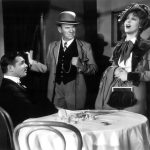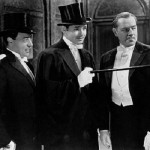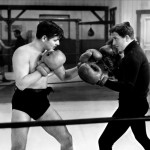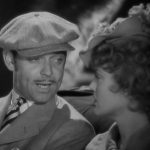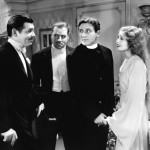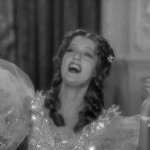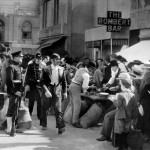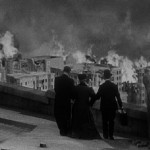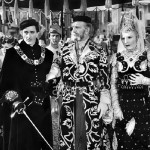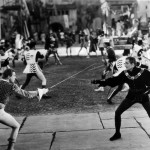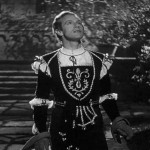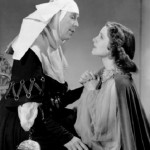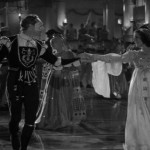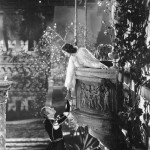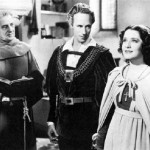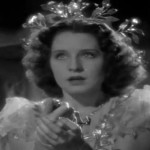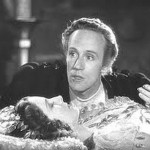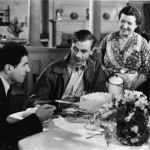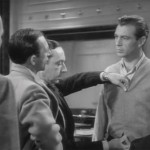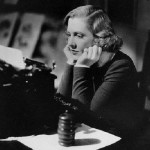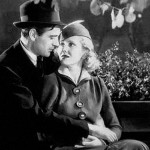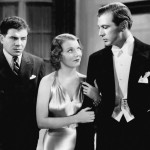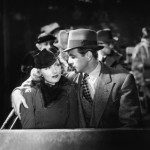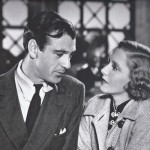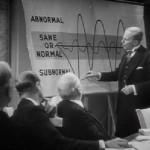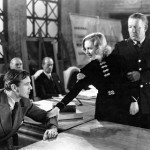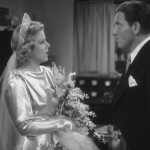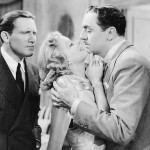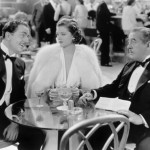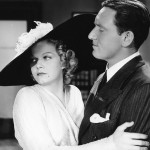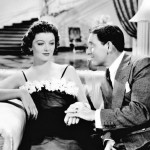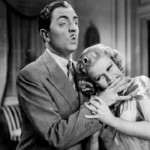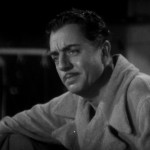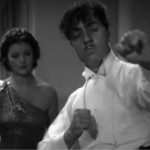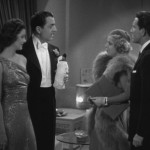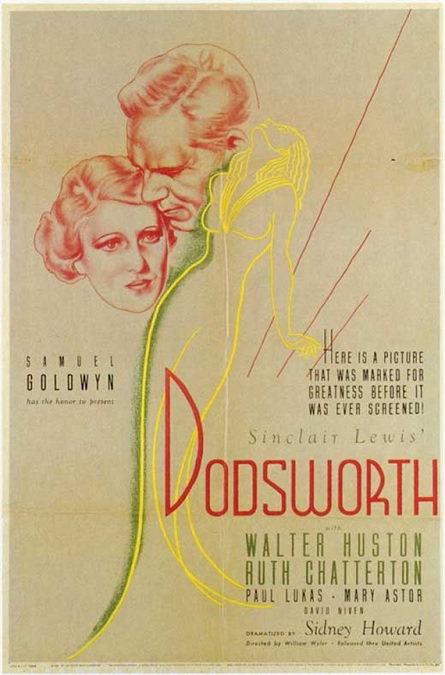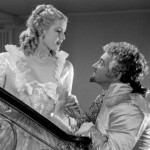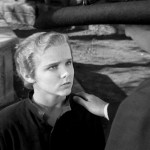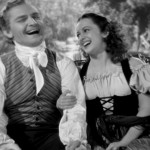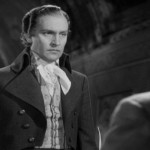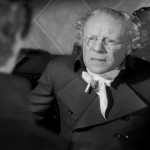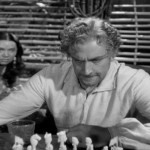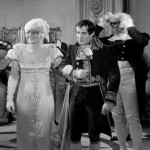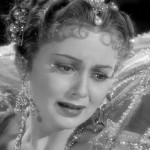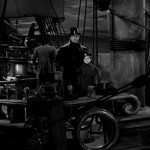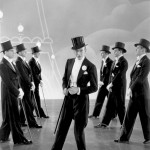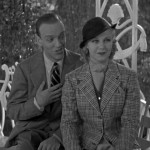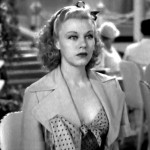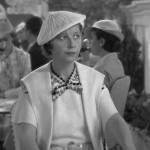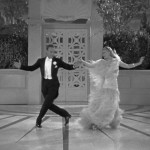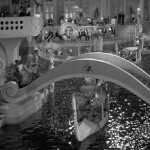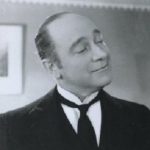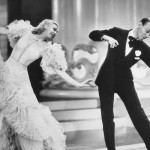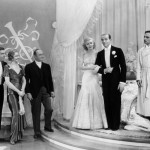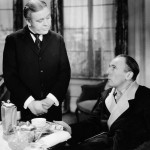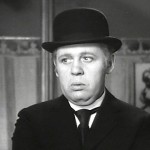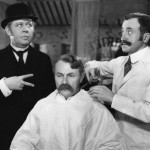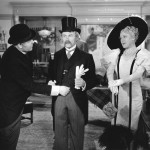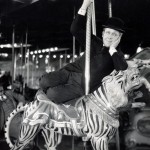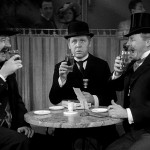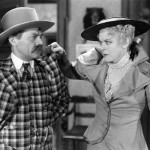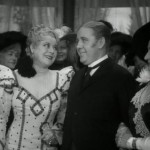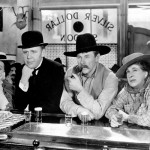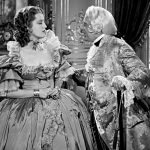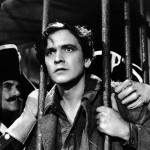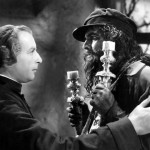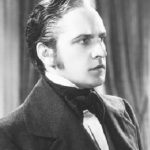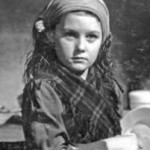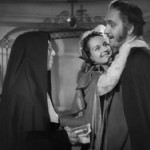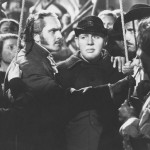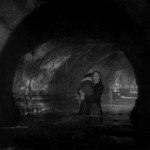
San Francisco – 1936
This movie, for the most part, was a fairly dull piece of work. It took place in, you guessed it, San Francisco just after the turn of the century in 1906. That, of course, was the year of the great earthquake that destroyed over 80% of the city and caused about 3,000 deaths. The film was an early version of the 1970s disaster film genre. It was the forerunner of movies like The Poseidon Adventure in 1972, The Towering Inferno in 1974, and Earthquake, also in 1974.
The problem I had with it was that the movie was advertised as being about the great disaster. Even the opening credits made it seem like the quake was a major part of the film. It wasn’t. The movie was about a classically trained singer named Mary Blake, played by Jeanette MacDonald. She is the daughter of a preacher who has come to San Francisco looking for a job at an opera house. Unfortunately, when a fire burns down the place where she gets her first job, she looks for employment in a gambling saloon called The Paradise.
The Paradise is owned by a confirmed atheist named Blackie Norton, played by Clark Gable. His childhood friend, who has become a Catholic Priest known as Father Mullen is played by Spencer Tracy. Father Mullen has been unsuccessfully trying to convert Blackie for years. When Mary Blake comes to The Paradise, Blackie falls in love with her, though he resists admitting it.
More dull and lifeless sub-plots follow, all of which are leading the audience on a slow journey that doesn’t really go anywhere. She loves Blackie. She doesn’t love Blackie. She leaves the Paradise to sing at the Tivoli Opera House. She comes back to Blackie and The Paradise. She leaves Blackie again. Blackie runs for the San Francisco Board of Supervisors.
The film is about 2 hours long and the big climactic scene we have all been waiting for doesn’t come until the last 10 or 15 minutes. When the earthquake strikes, it comes from out of nowhere. At this point in the plot, Mary is engaged to the owner of the Tivoli Opera House, Jack Burley, played by Jack Holt. He has been trying to buy Mary’s contract from Blackie. But at the last, she switches sides again, deciding that she loves the corrupt Blackie.
But Blackie has had enough of her inconstant affections. He rejects her and sends her away. But as Burly leads her away, all you hear is Mary ask, “What was that?” before all hell breaks loose. The following earthquake montage was actually very impressive. Walls fell and buildings crumbled. Screaming people were buried and killed. Blackie is crushed by a ton of bricks.
An aftershock hits and the street cracks. Water and gas lines break. Fires erupt and the city burns. The entire sequence was fairly realistic and must have been difficult to choreograph. This is where I feel Gable showed some acting chops. He pulls himself out of the rubble with a bleeding head wound. His tuxedo is torn and tattered. He is in a daze as he wanders the ruined city searching for Mary. What he finds is dead and dying friends.
But it is a remarkably unscathed Father Mullen who leads him to the similarly unharmed Mary. When he sees her, he breaks down and falls to his knees in prayer, thanking God that she survived. Mary sees him and goes to him. Then, from out of nowhere, a kid runs into the survivor camp and announces that the fires are out. Everyone cheers and it is implied that Blackie is now a reformed man. Time to rebuild! Happy ending…?
I would have liked to see the earthquake happen earlier in the film. Then we could have seen how the surviving characters dealt with the tragedy. How the people of San Francisco dealt with the aftermath of the quake would have made a much more interesting and dramatic story. However, the singing of the popular songstress, MacDonald, contributed greatly to the success of the film. She sang the incredibly popular song, San Francisco, six times in the film. The tune sounded vaguely familiar to my modern ears, so I suppose it had a certain amount of staying power. But if it weren’t for that and the incredibly well-done earthquake sequence, the film would have been remarkably unremarkable.
